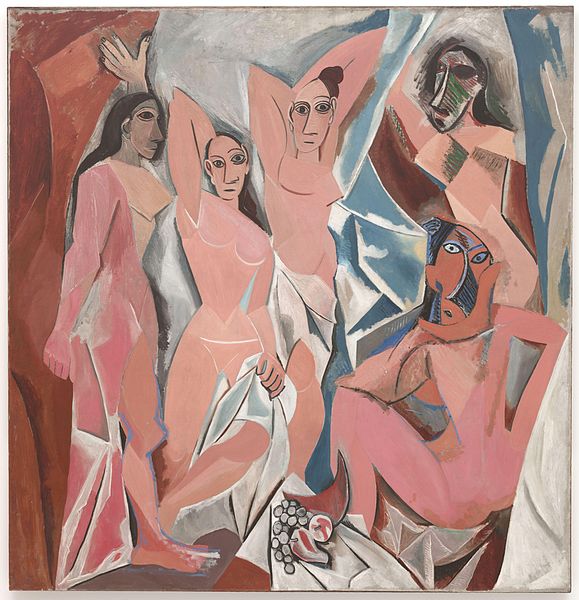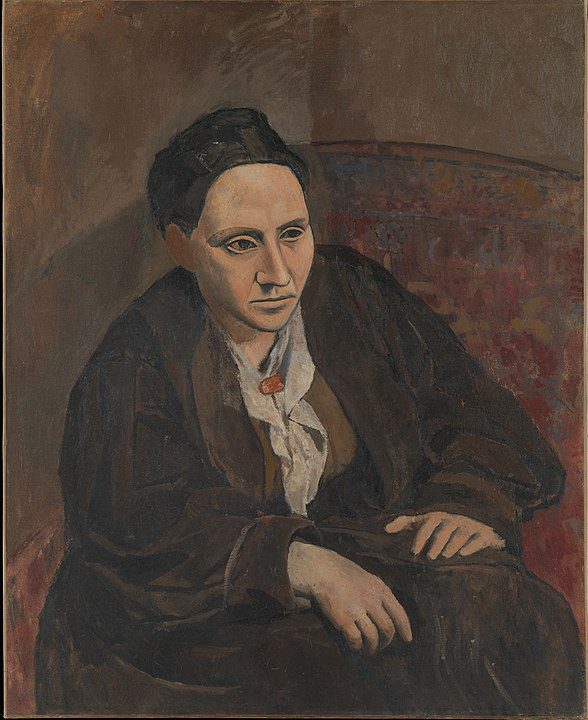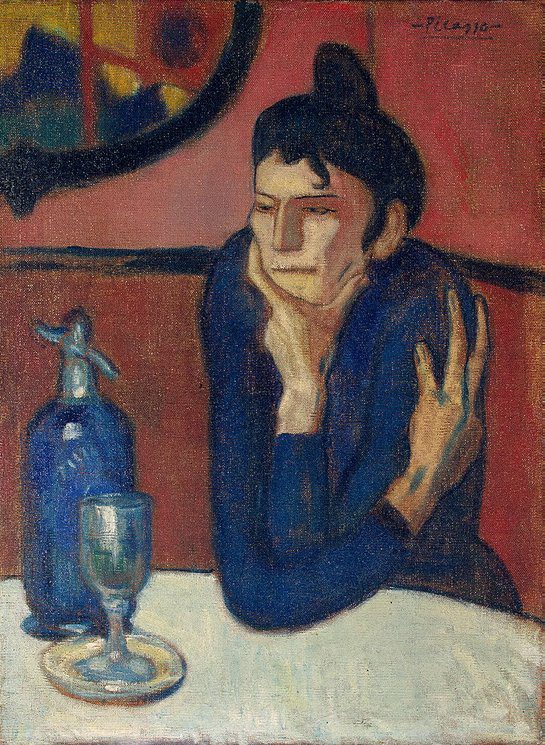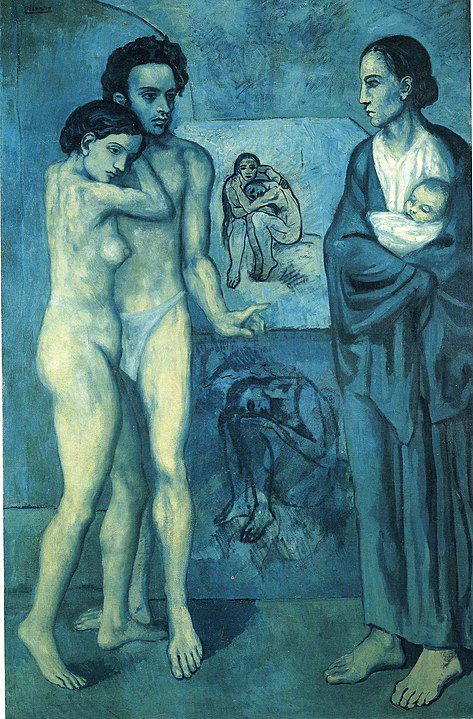
Pablo Picasso, born on October 25, 1881, in Málaga, Spain, stands as one of the most influential artists of the 20th century. His extensive body of work spans various styles and periods, including the Blue Period, Rose Period, African-influenced Period, Cubism, and Surrealism, illustrating his versatility and innovative spirit. Picasso’s contributions to the art world have left an indelible mark, making him a pivotal figure in the development of modern art. This biography aims to explore the life, career, and enduring legacy of Pablo Picasso, whose artistic genius transformed the landscape of contemporary art.
Picasso demonstrated extraordinary artistic talent in his early years, painting in a naturalistic manner through his childhood and adolescence. His father, José Ruiz y Blasco, was an art professor who began teaching him to draw and paint at a young age. By the time he was 13, Picasso’s skill had surpassed that of his father. In 1895, his family moved to Barcelona, where he was accepted into the city’s prestigious School of Fine Arts. Picasso continued his education in Madrid at the Royal Academy of San Fernando but soon grew restless with the school’s traditional methods.

The early 1900s marked the beginning of Picasso’s constant experimentation with different theories, techniques, and ideas. His Blue Period (1901-1904), characterized by somber paintings in shades of blue and green, reflected his emotional turmoil following the suicide of his friend Carlos Casagemas. This period was followed by the Rose Period (1904-1906), where he used warmer colors, including beiges, pinks, and reds, and focused on circus life and harlequins as his subjects.
Towards cubism
In 1907, Picasso painted “Les Demoiselles d’Avignon,” a radical departure from traditional composition and perspective. This work is considered the precursor to Cubism, an innovative art movement co-founded by Picasso and Georges Braque. Cubism deconstructed objects into geometric forms and reassembled them in abstract compositions. Through Cubism, Picasso challenged conventional forms of representation, influencing not just visual art but also literature and architecture.

Picasso’s style continued to evolve in the subsequent decades. He dabbled in Classicism and Surrealism and was also known for his contributions to sculpture, ceramics, and lithography. During World War II, Picasso remained in Paris, where his art took on a more somber tone, reflective of the conflict engulfing the world.
One of Picasso’s most famous works, “Guernica” (1937), was created in response to the bombing of the Basque town of Guernica during the Spanish Civil War. This monumental black-and-white mural, showcasing the horrors of war, is hailed as one of the most moving and powerful anti-war paintings in history.
Incredibly prolific
Throughout his life, Picasso was prolific in his artistic output, creating more than 20,000 paintings, drawings, sculptures, ceramics, and prints. He was also known for his colorful personal life, marked by numerous affairs and relationships that often influenced his art.
Picasso’s influence on the course of art history cannot be overstated. His innovative approaches and relentless exploration of new styles broke away from traditional forms and opened up new possibilities for artists. Picasso’s legacy is reflected in the vast array of his works that continue to be celebrated worldwide. His ability to constantly reinvent himself and his art made him a leading figure in modernism, and his impact extends beyond his own monumental body of work, influencing countless artists and movements that followed.

Picasso died on April 8, 1973, in Mougins, France, leaving behind a legacy that continues to inspire and challenge the art world. His work is not only a testament to his genius but also a reflection of the tumultuous times he lived through. Picasso’s art remains a crucial part of the conversation about the nature of creativity and the role of the artist in society. Through his bold innovations and profound influence on art history, Pablo Picasso remains a towering figure in the world of art, whose works and legacy continue to captivate and inspire generations.




